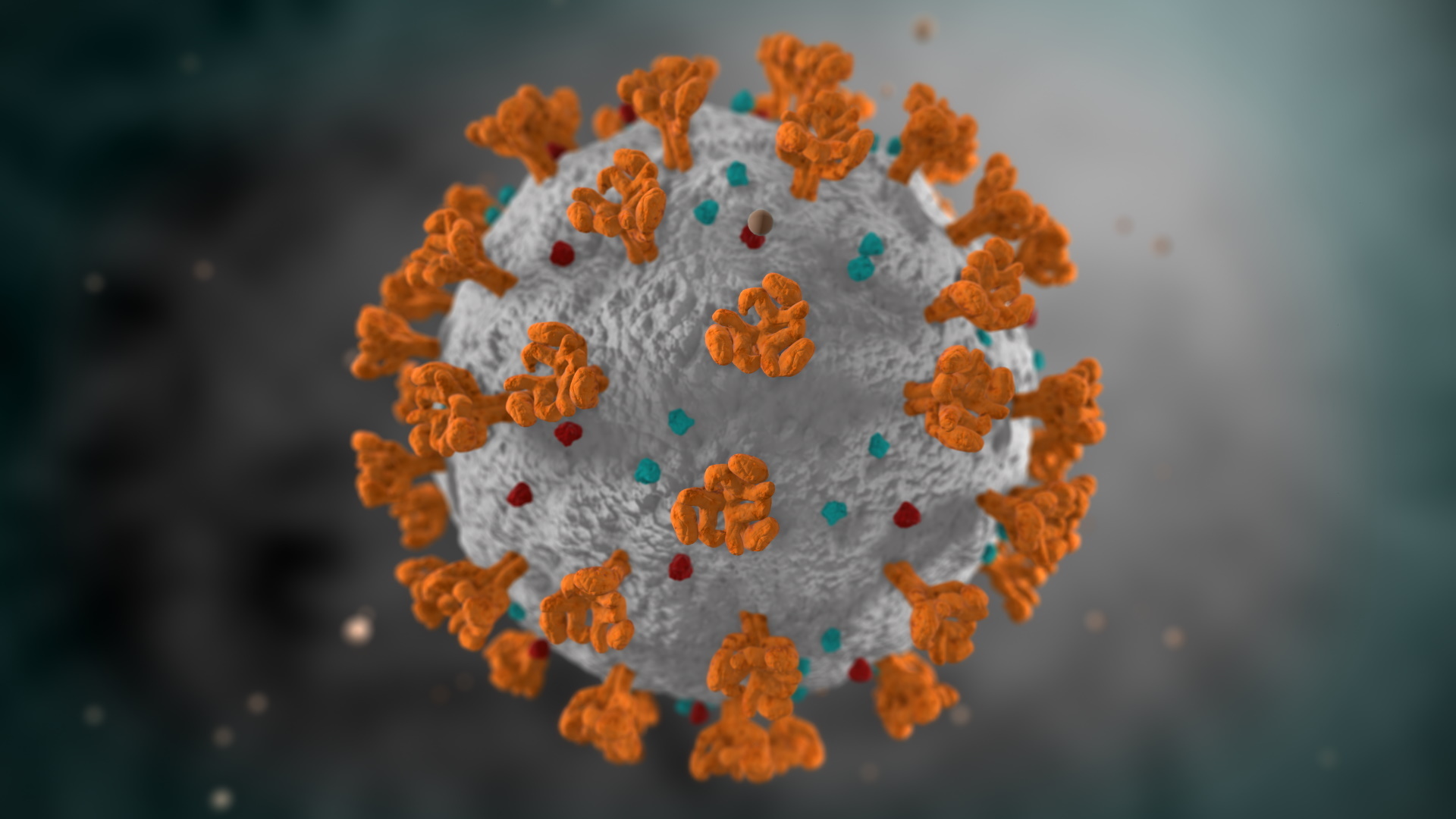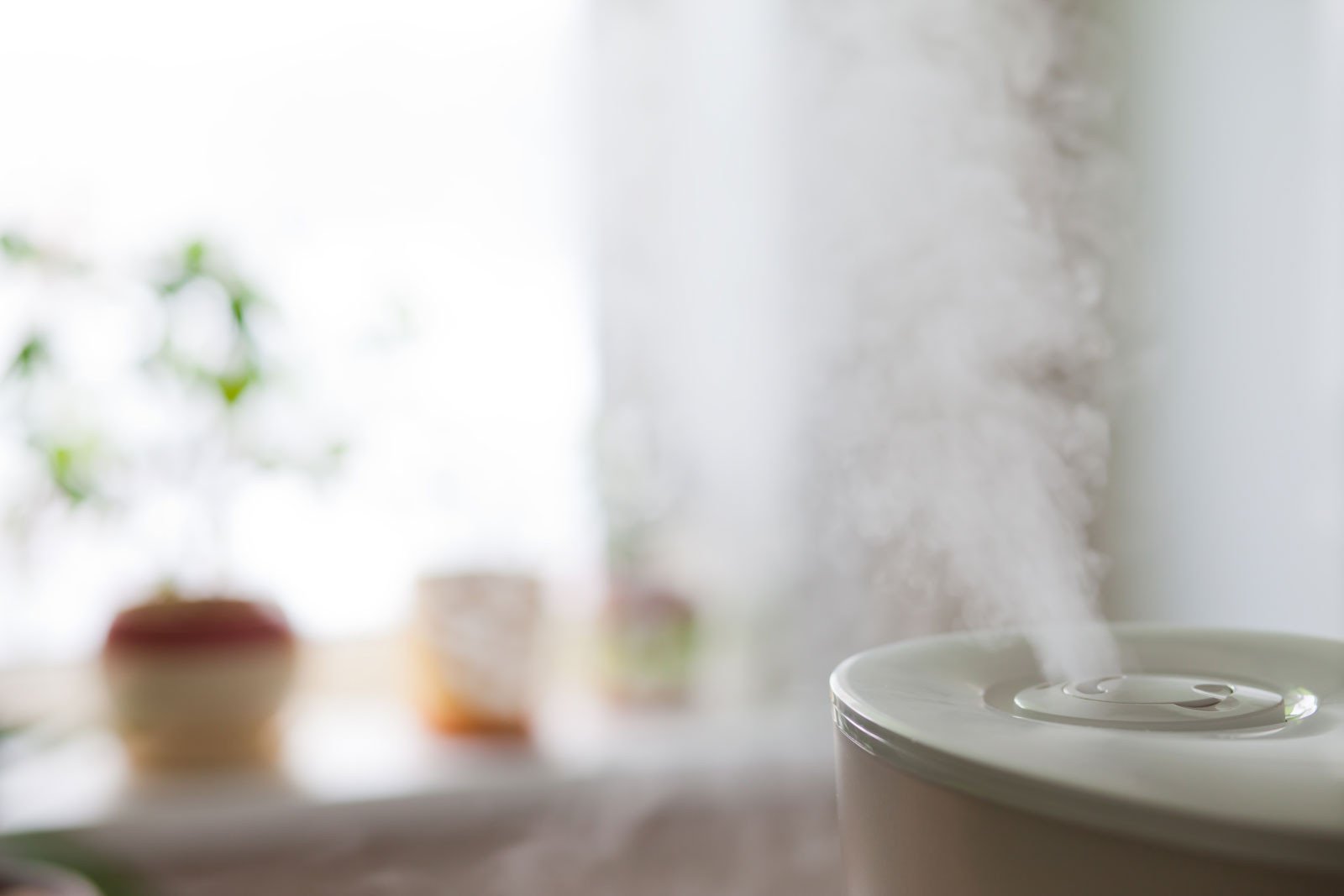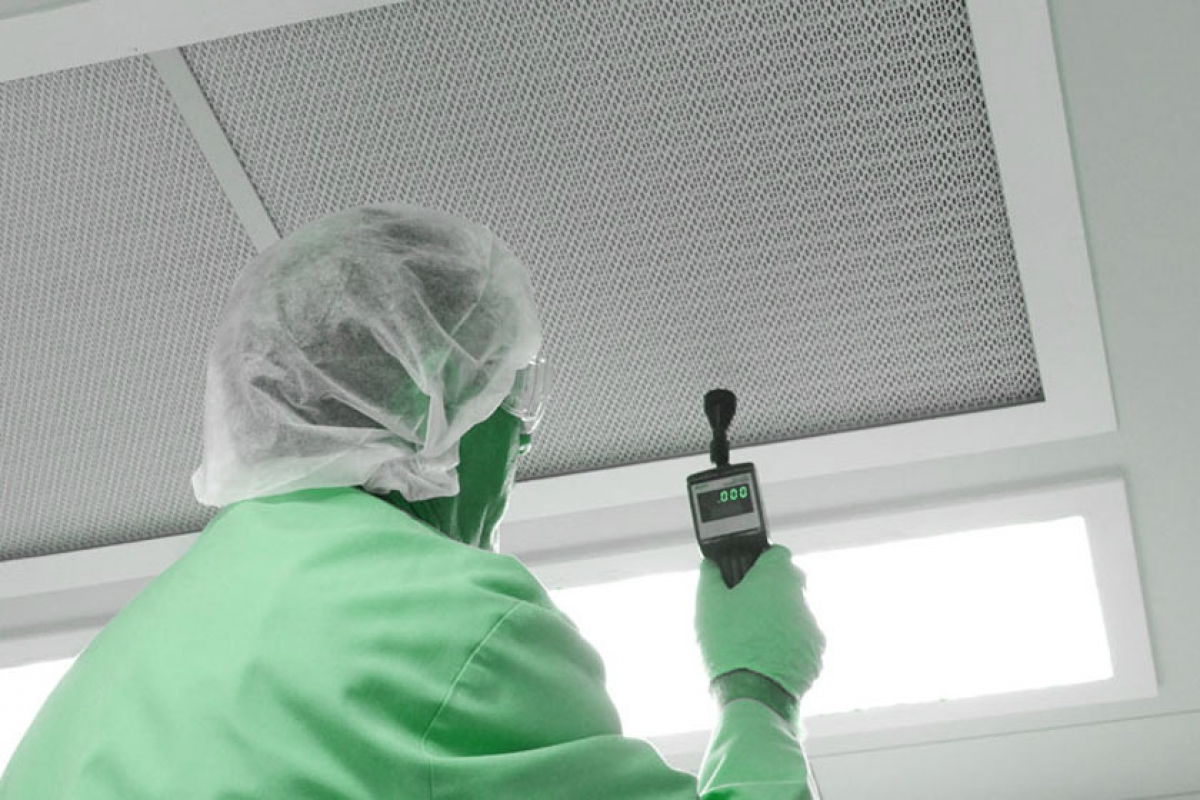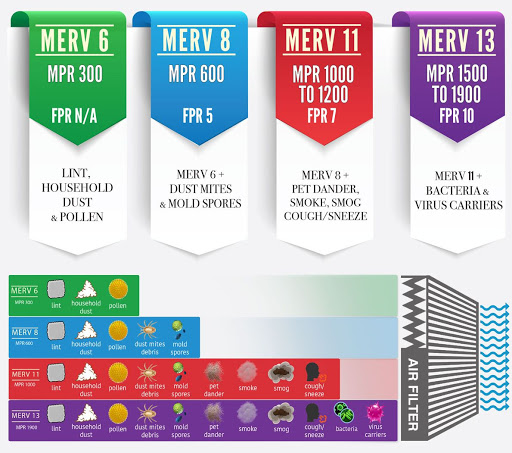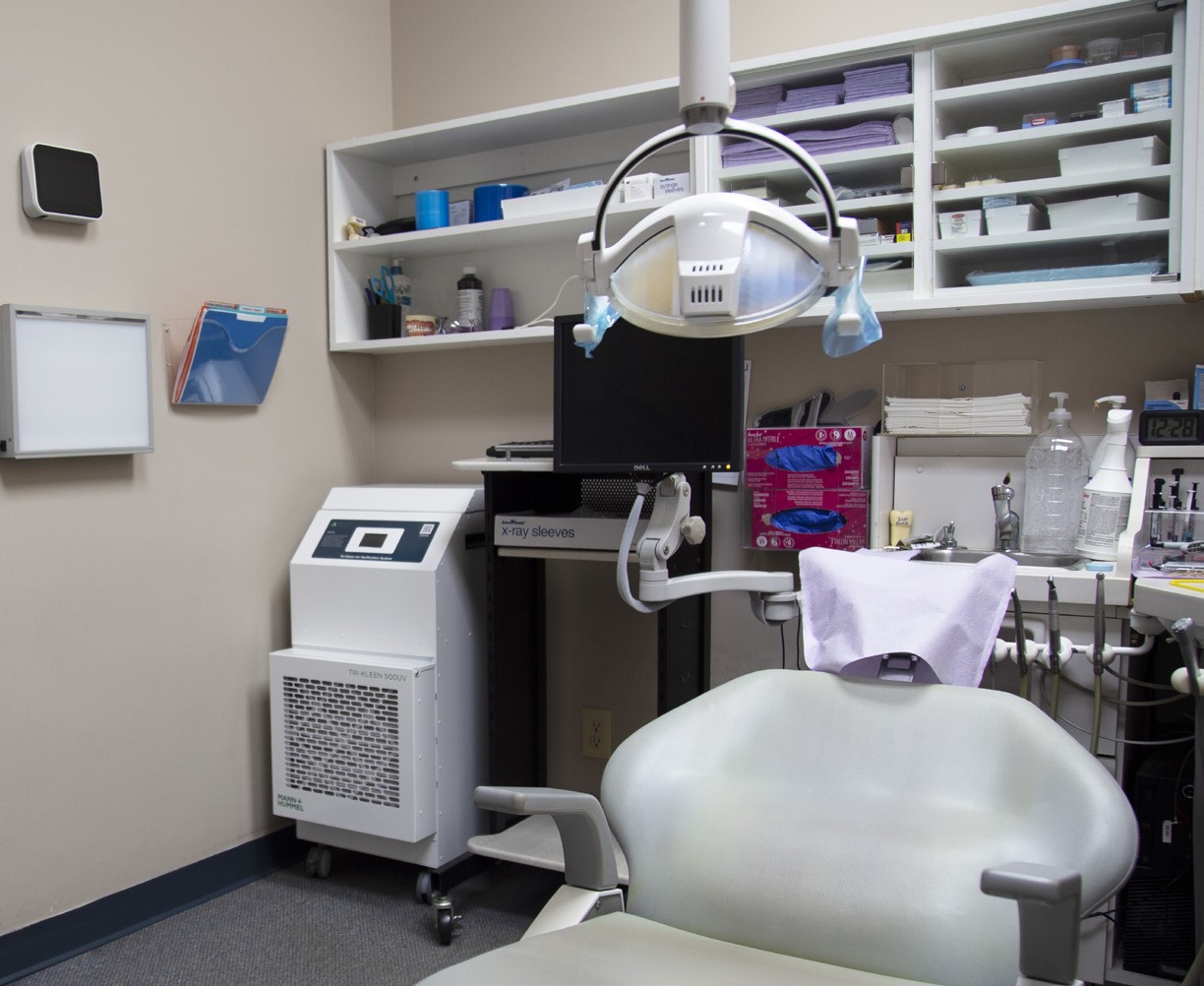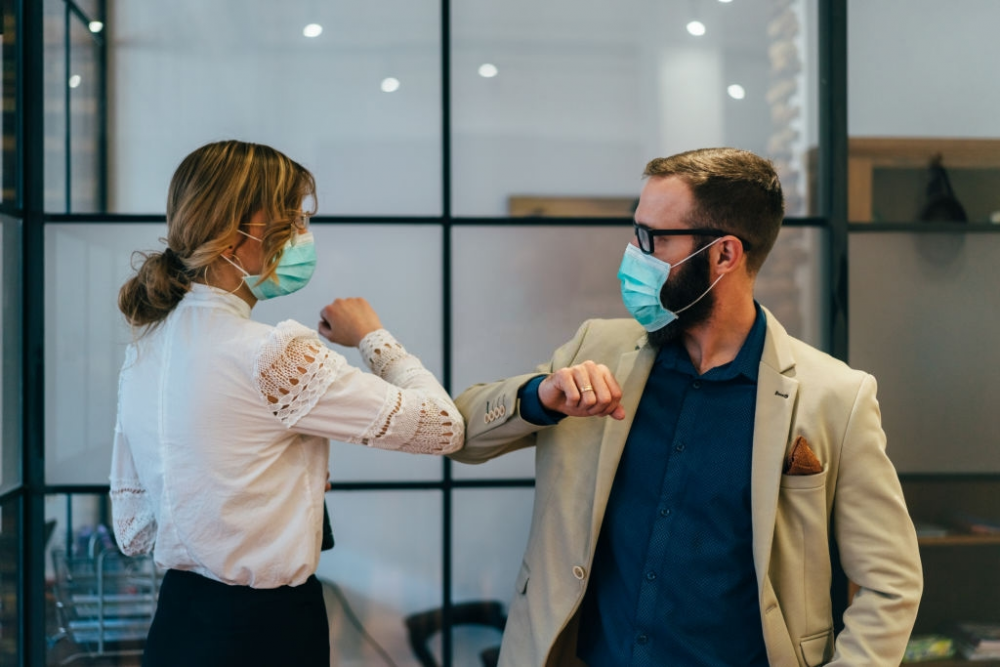Which air filter is best for COVID-19?
The National Air Filtration Association (NAFA) further advises that low-efficiency filters (less than MERV 8) are unlikely to be effective against the coronavirus. Minimum Efficiency Reporting Value, or MERV, refers to the effectiveness of the filter at capturing various particle sizes. MERV ratings range from 1-20, with 1 providing the lowest level of filtration, and 20 the highest. At the top of the range, filters rated 16-20 are usually only found in specialist facilities such as hospitals, clean rooms, and power plants. MERV 5-13 are the most common filters available for residential and commercial use.
In order to be categorized as MERV 8 by NAFA, a filter must remove at least 70 percent of particles 3-10 micrometers in size, and 20 percent of 1-3 micrometer particles. This means an air filtration system using a MERV 8 filter will not be enough to eliminate smaller, aerosolized coronavirus particles, but many commercial filtration systems employ both a MERV 8+ filter and a HEPA filter, providing extra protection against airborne pathogens.
HEPA filters are not MERV rated, but are typically equivalent to MERV 17-20, at the very highest end of the MERV scale. They reliably capture up to 99.97 percent of particles greater than .3 microns, so provide the most protection from indoor air contamination. That means homes and businesses can get hospital-grade air filtration without the need for extensive HVAC upgrades.
The MERV Rating Scale |
|
|
|
MERV Rating |
Particles 0.3 – 1 micrometers |
Particles 1 – 3 micrometers |
Particles 3 – 10 micrometers |
|
|
|
|
MERV 6 |
|
| 35-49% |
MERV 7 |
|
| 50-60% |
MERV 8 |
|
| 70-85% |
MERV 9 |
|
| >85% |
MERV 10 |
| 50-64% |
>85% |
MERV 11 |
| 65-79% |
>85% |
MERV 12 |
| 80-90% |
>90% |
MERV 13 |
| >90% |
>90% |
MERV 14 |
75-84% |
>90% |
>90% |
MERV 15 |
85-94% |
>95% |
>90% |
MERV 16 |
>95% |
>95% |
>90% |
MERV 17 |
99.97% |
>99% |
>99% |
MERV 18 |
99.997% |
>99% |
>99% |
MERV 19 |
99.9997% |
>99% |
>99% |
MERV 20 |
99.99997% |
>99% |
>99% |
While it might seem the obvious choice to simply buy the highest-rated air filtration system available, there are downsides to consider other than the noise and the cost. Every filter, even MERV 1 filters, create pressure drops because they impede the flow of air through the unit. Air filtration pressure drops aren’t enough to make your ears pop, but they can force air to bypass the filter if it is not properly sealed. Installing a higher-rated filter into an air purifier than it was designed to house can create a pressure drop large enough to break the filter or even wear out the motor.
The higher the filter you use in your air purifier, the greater the pressure drop, and the more energy will be consumed forcing air through the filter. This can result in filters requiring replacement more frequently and the machine being louder and more expensive to run. Finding a balance between effectiveness and convenience will depend on the size and type of premises (offices will need to be quieter than workshops, for example), and ultimately the budget available to spend on an air purifier.
A final consideration is UV light. Light on the ultraviolet part of the spectrum has germicidal properties that can provide additional purification, helping to kill any pathogens that do make it through the filters. Many commercial air filtration systems contain UV-C germicidal bulbs that can add an additional layer of purification not only to the air, but to the filter itself. Whenever changing filters in air purifiers, it’s always best practice to assume they are contaminated and take appropriate precautions when removing them, such as wearing an N95 mask, disposing of filters in a sealed bag, wearing gloves, and washing your hands thoroughly afterward.
